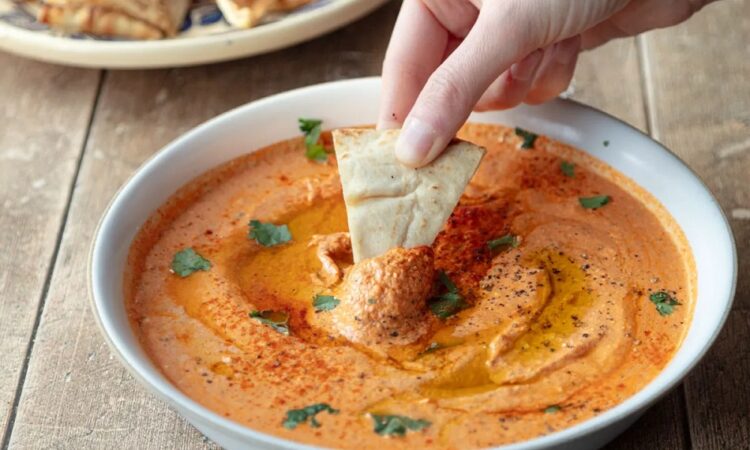
In the realm of culinary arts, fusion cooking represents a thrilling exploration into the uncharted territories of flavor, combining elements from various culinary traditions to forge innovative and exciting dishes. At the heart of this culinary adventure is the idea that the kitchen is a playground where creativity knows no bounds, and the rules are there to be bent, mixed, and remixed. One standout example of such innovation is the deliciously versatile condiment, Korean spicy mayo, which we’ll explore in detail, especially highlighting a fantastic recipe found on The Butter Table (korean spicy mayo).
The Essence of Fusion Cooking
Fusion cooking is more than just a trend; it’s a testament to the global village we inhabit, where cultures blend and contribute to a melting pot of culinary traditions. This cooking style encourages the fearless merging of distinct flavors, ingredients, and techniques from different cuisines to create something truly unique and delightful. It’s an act of cultural appreciation and culinary curiosity, pushing the boundaries of traditional cooking to new heights.
The Role of Ingredients in Fusion Cooking
Key to fusion cooking is the innovative use of ingredients that are typically not found together. This approach not only introduces diners to new flavors but also reinvigorates familiar dishes with an unexpected twist. Ingredients like gochujang (Korean fermented chili paste) embody the spirit of fusion by offering a deep, complex flavor that can transform any dish.
Korean Spicy Mayo: A Fusion Favorite
One of the shining examples of fusion cuisine is Korean spicy mayo, a condiment that perfectly marries the creamy, tangy profile of traditional mayonnaise with the spicy, umami-packed punch of gochujang. This blend creates a sauce that is versatile, flavorful, and capable of elevating a wide array of dishes.
Recipe Spotlight: Gochujang Mayo from The Butter Table
The recipe for gochujang mayo featured on The Butter Table is a testament to the simplicity and transformative power of fusion cooking. By combining mayonnaise with gochujang, a touch of sweetness, and a hint of acidity, you get a condiment that’s not only easy to make but also incredibly adaptable.
Ingredients:
- Mayonnaise
- Gochujang
- Sweetener (such as honey or sugar)
- Acid (like vinegar or lime juice)
Preparation:
The beauty of this recipe lies in its simplicity. It requires mixing the specified ingredients until smooth, adjusting the proportions to taste. The result is a spicy, tangy, and slightly sweet mayo that can enhance burgers, sandwiches, grilled meats, and vegetables.
Culinary Applications
Korean spicy mayo isn’t just a sauce; it’s a multipurpose ingredient that can act as a spread, a dip, or a dressing. Its applications are only limited by your culinary imagination. Here are a few ideas to get you started:
- Sandwiches and Burgers: A dollop of gochujang mayo can add depth and heat, transforming an ordinary sandwich or burger into an extraordinary meal.
- Grilled Meats and Vegetables: Use it as a marinade or finishing sauce to add a flavorful kick.
- Dipping Sauce: Perfect for fries, sweet potato wedges, or even as a sushi dip.
Embracing Fusion Flavors in Everyday Cooking
Integrating fusion flavors into your daily meals is a delightful way to break the monotony of routine dining. It encourages a culinary curiosity and openness to new experiences, enriching your cooking repertoire and dining experience. The journey of fusion cooking is one of endless possibilities, a celebration of the world’s diversity through the universal language of food.
By starting with something as simple yet transformative as Korean spicy mayo, you’re taking a step into a larger world of culinary fusion. Let this journey inspire you to explore further, mixing and matching flavors and ingredients to create dishes that tell a story, celebrate cultures, and most importantly, bring joy to the table.
Remember, the essence of fusion cooking lies in experimentation and personal taste. Don’t be afraid to adjust recipes to suit your palate. The goal is to enjoy the process and delight in the results. Happy cooking!

